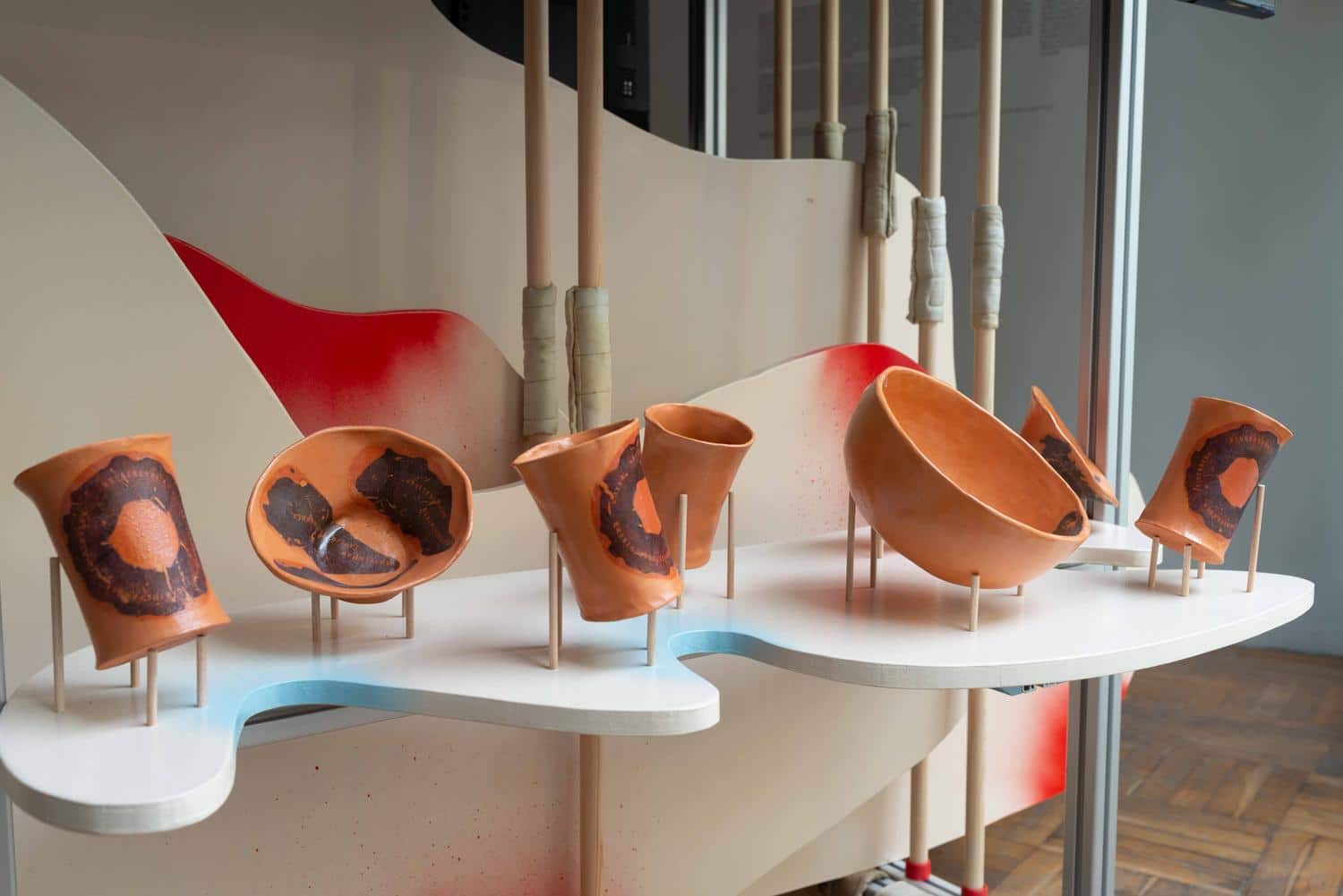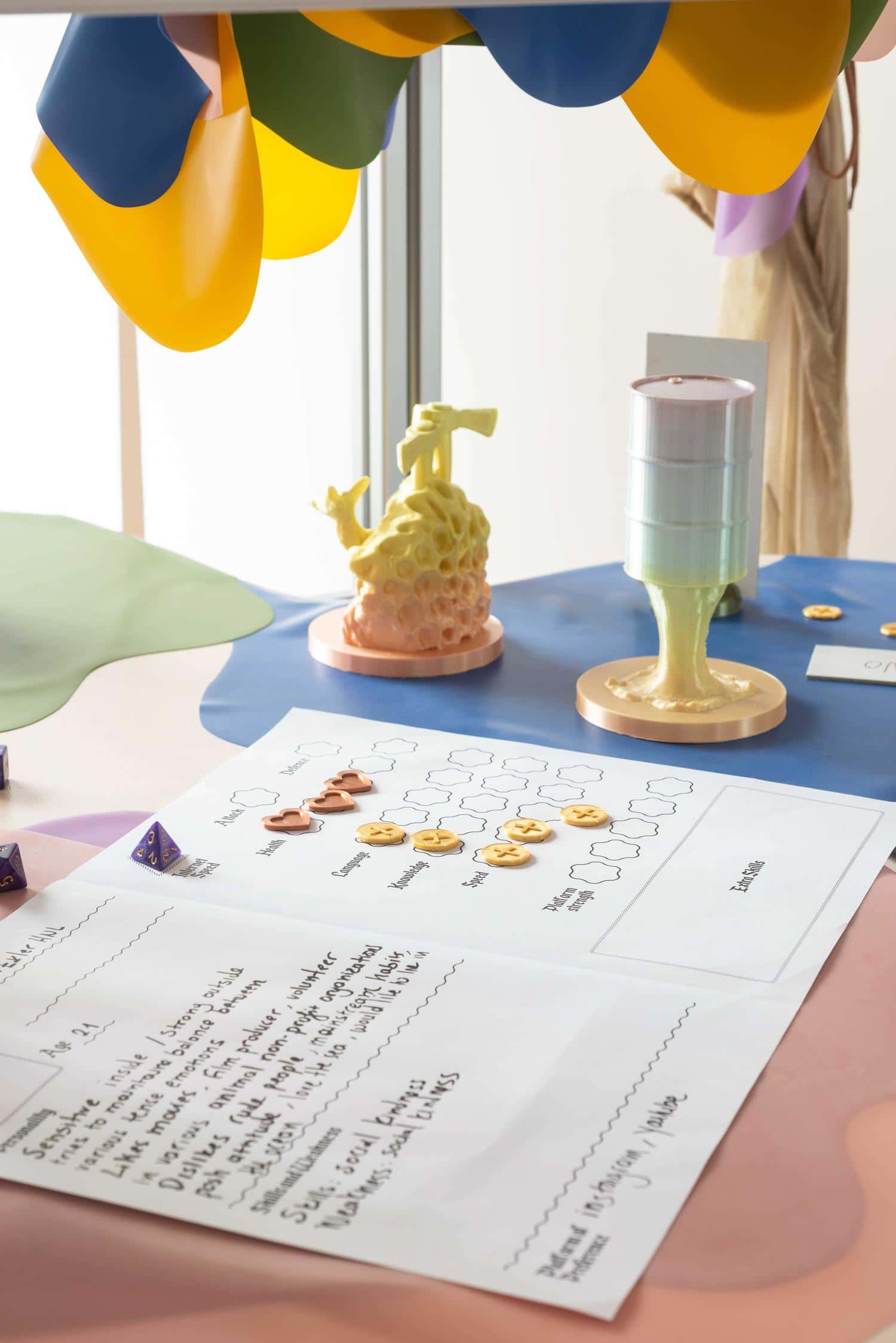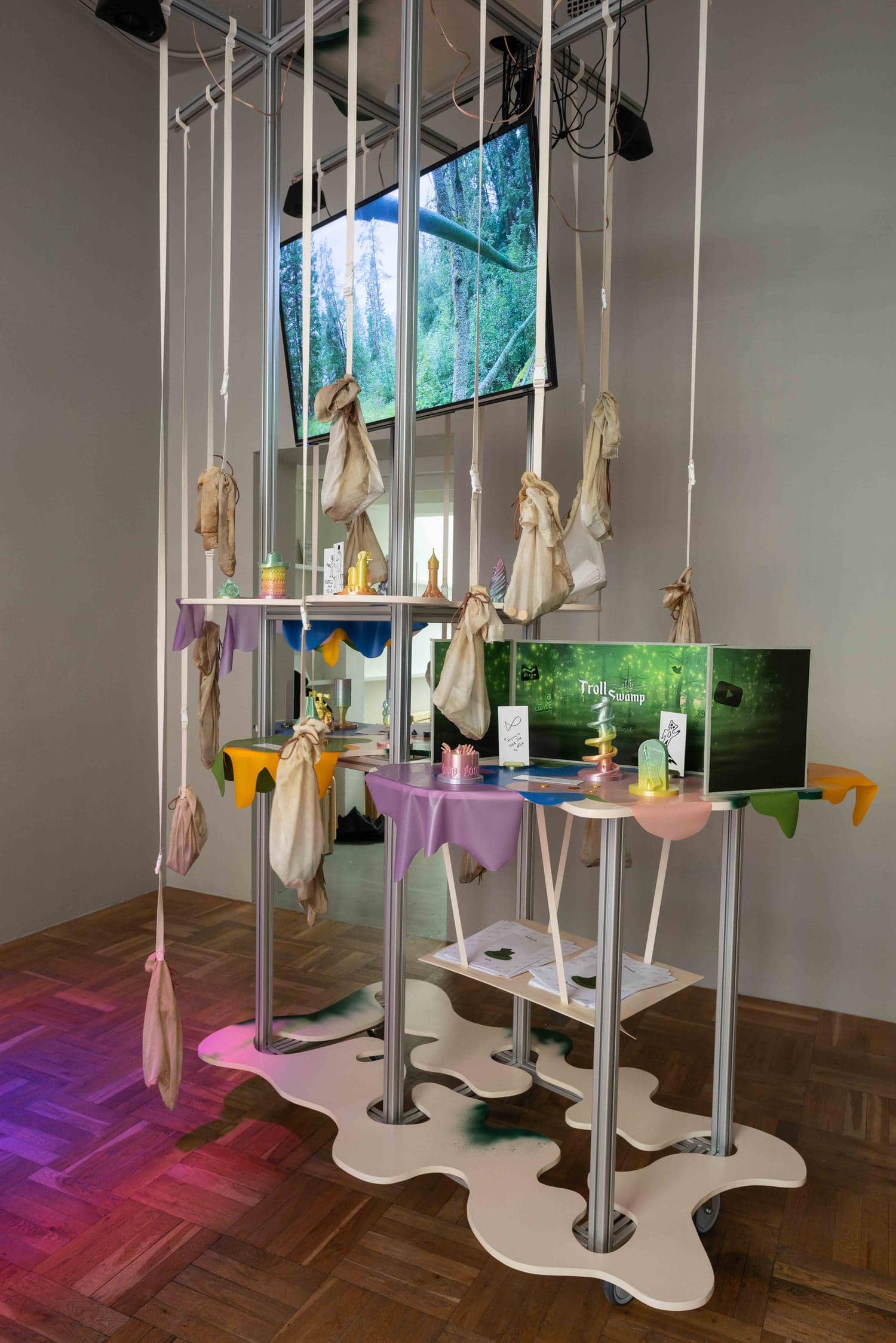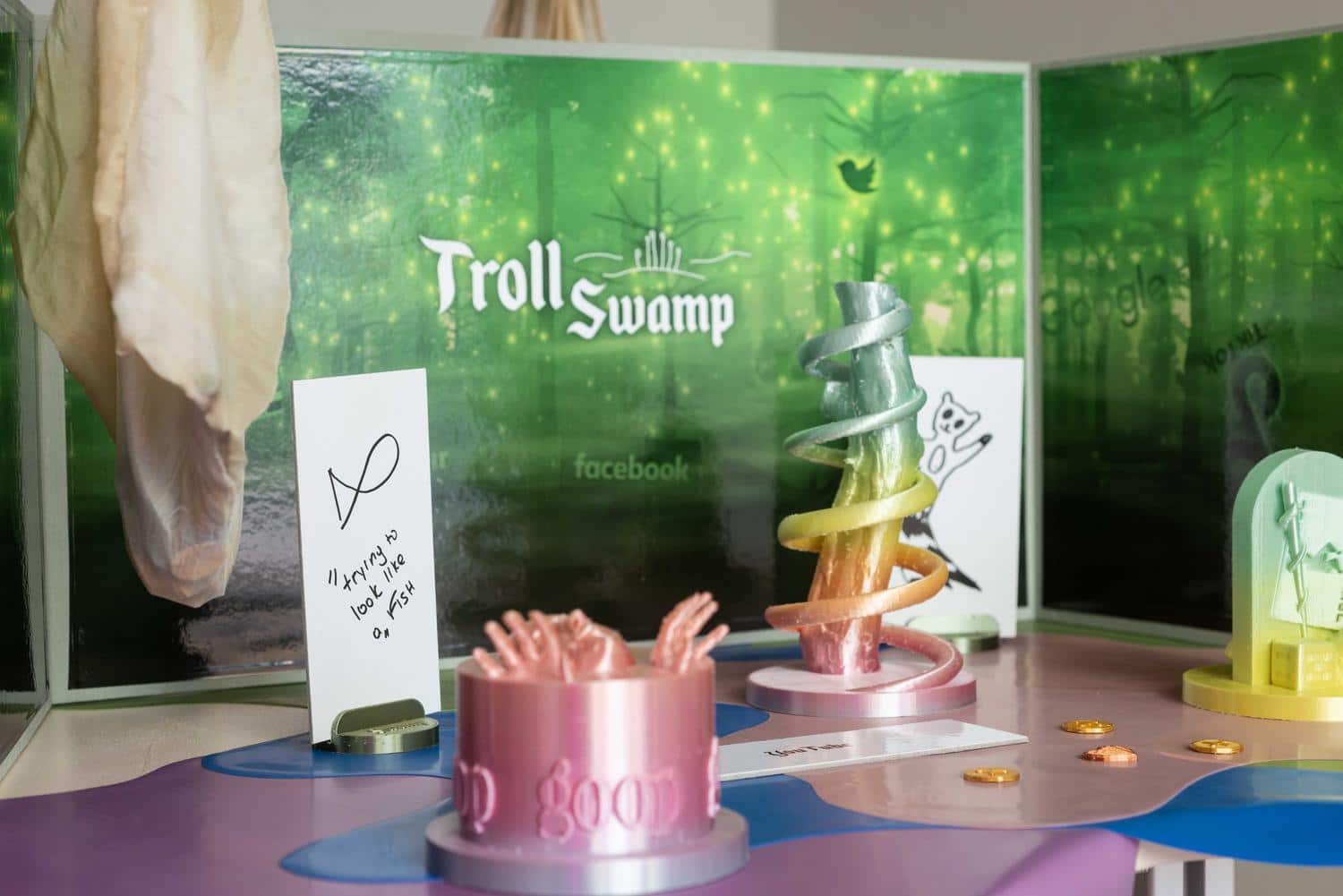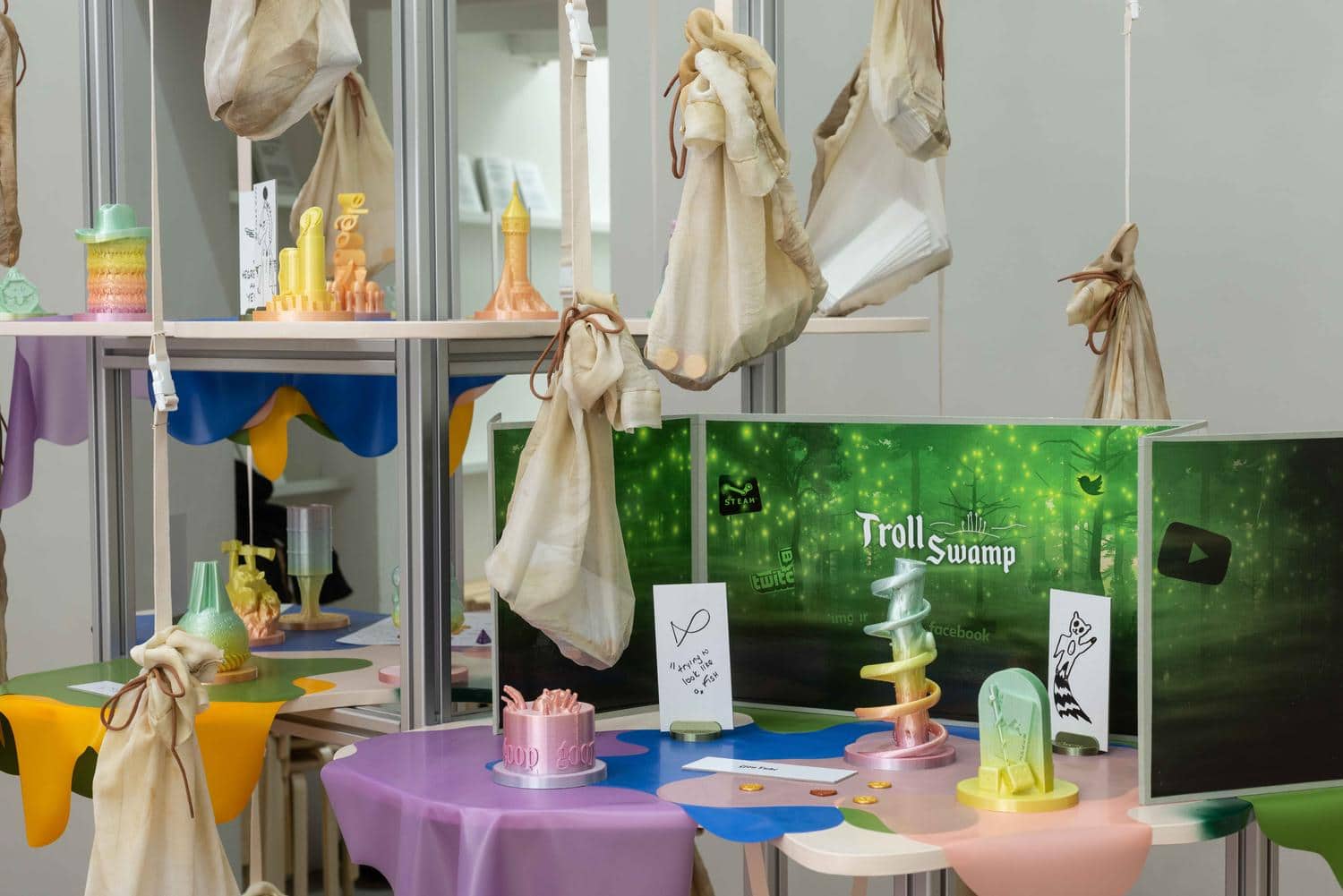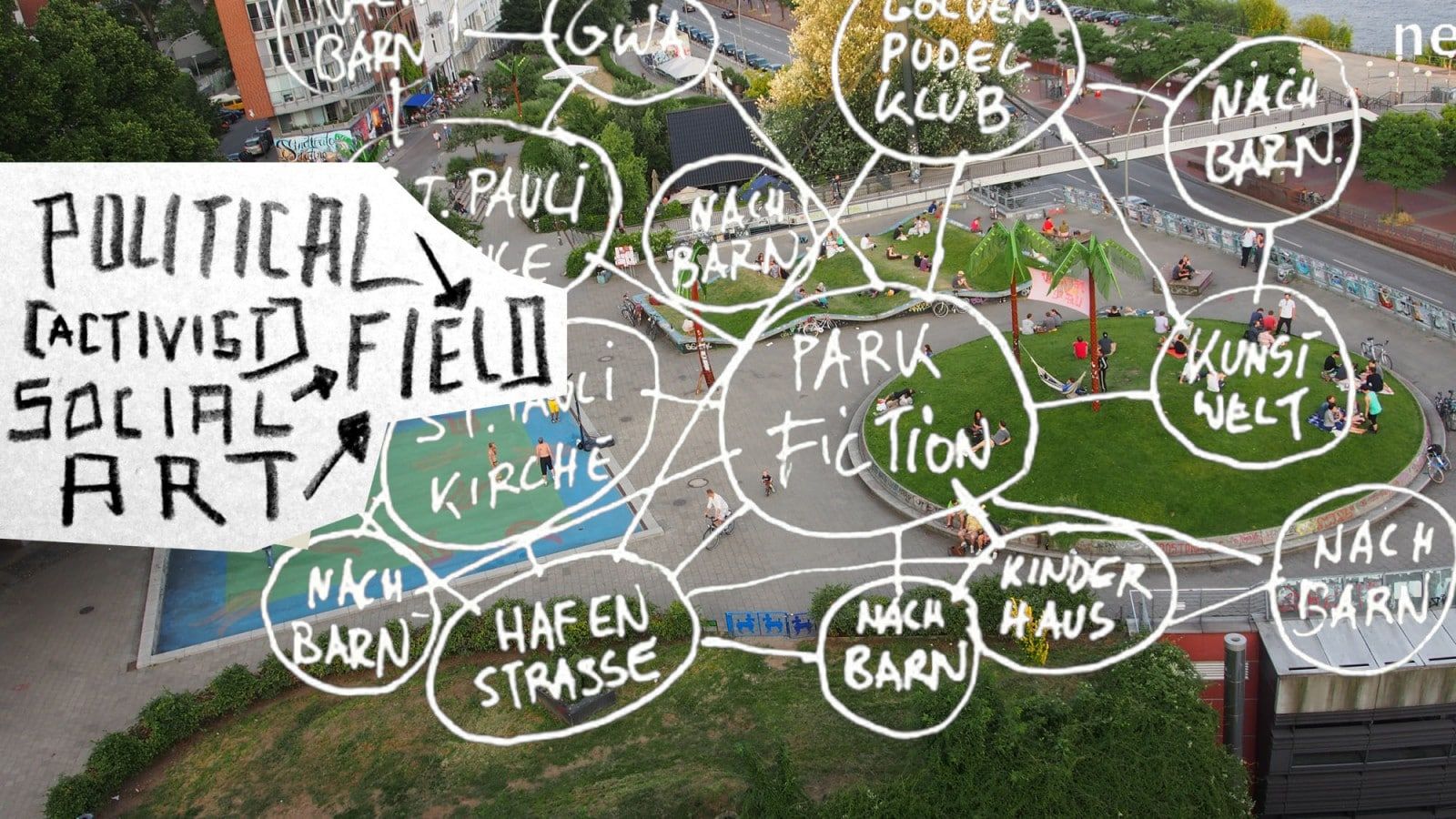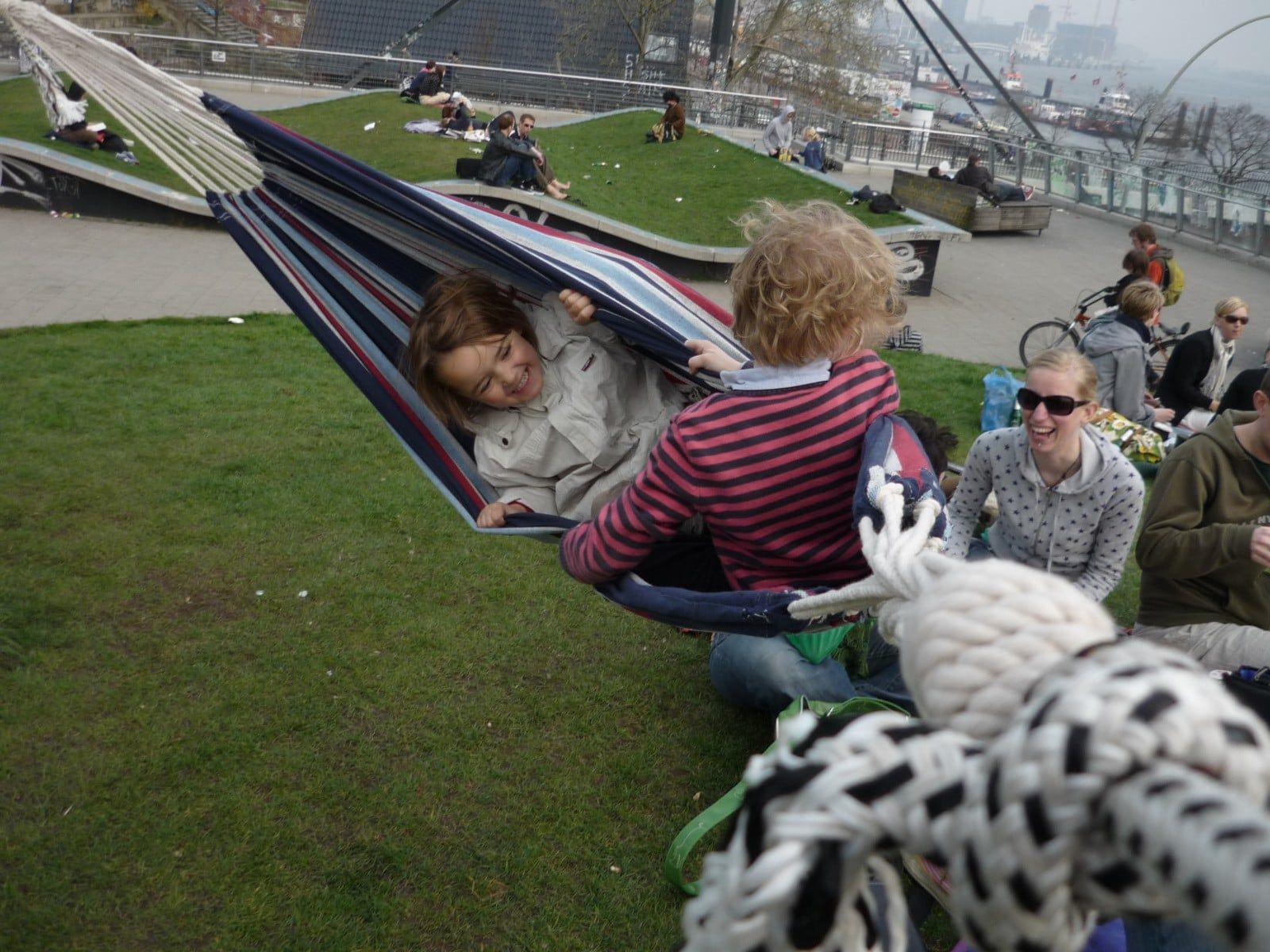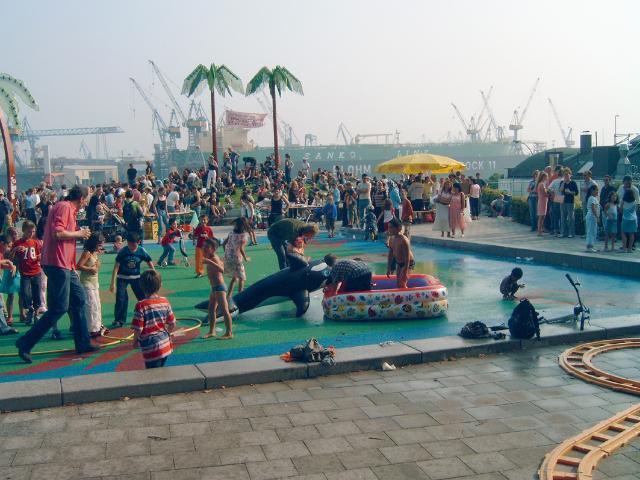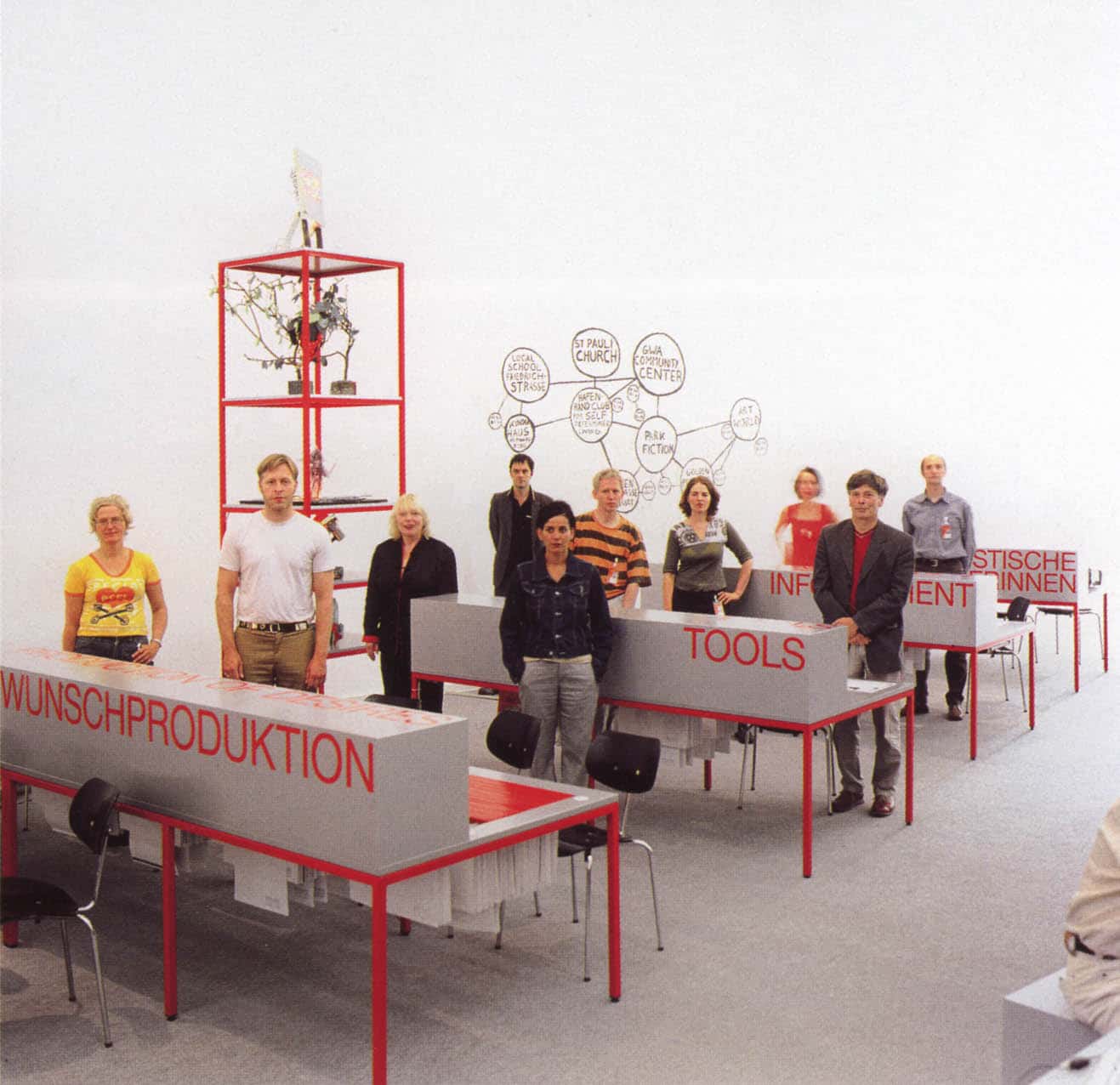Participation has turned into a, if not hyped-up, then extensively used word in the last twenty years. Part of its extensive distribution has to do with possibilities for interaction and involvement facilitated by various technology and media platforms. Another factor is ideological trends.
As with most trending terms, in line with their increased use, their meanings obscure or turn manifold and heterogeneous, bordering the incomprehensible. Because – what do we mean by “participation”? What does it mean to “take part”? What are the relationships between participation and representation? And what lines can be drawn between participation and pseudo-participation?
In its simplest form, participation means “the action of taking part in something”. Participation is about access, activation and inclusion of new groups in “taking part”. It is about expanding the limits for who gets a say, whose voices are heard, whose actions are recognized, what perspectives and understandings are used in decision-making, i.e. who participates. Thus, participation and inclusion are closely related. Other words with kinship to the term are user-engagement, citizen involvement, agency, co-creation and ownership. They all deal with the concept of autonomy and power, and the distribution of such.


